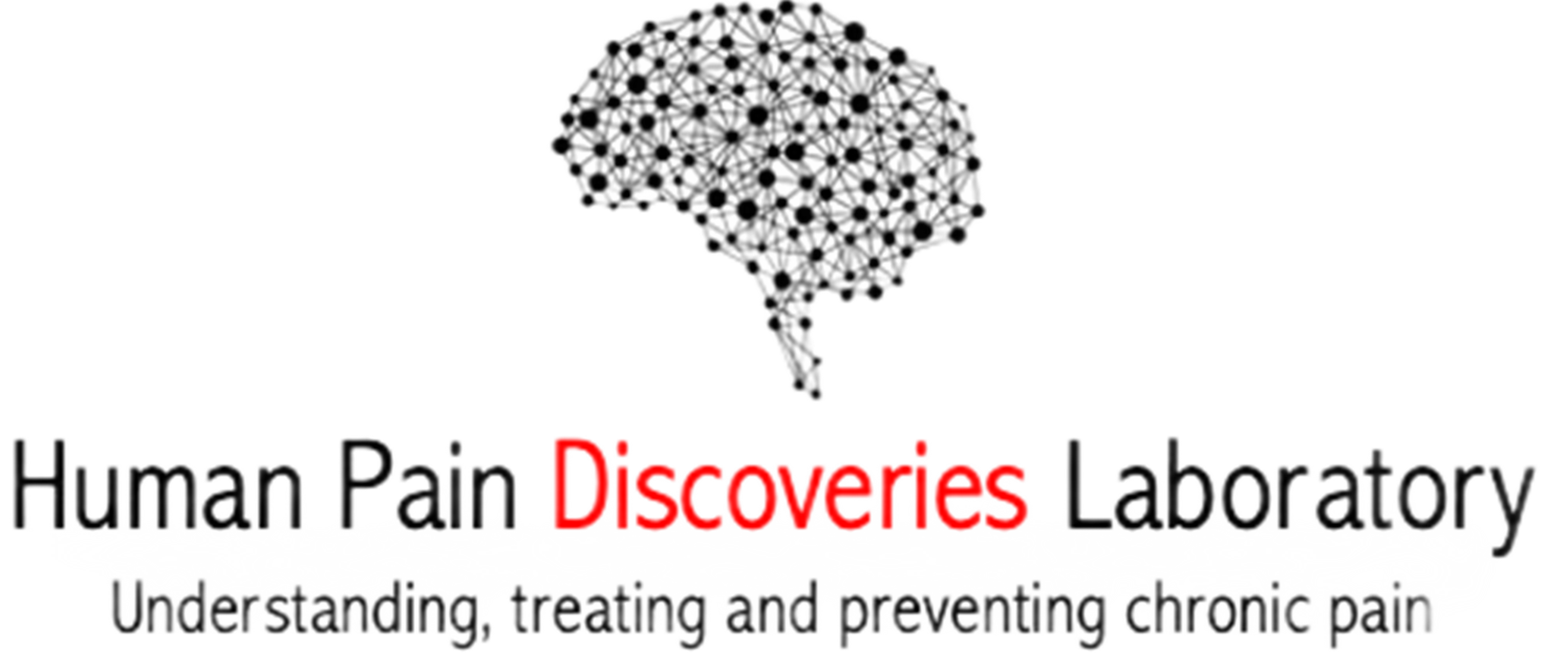PREDICT: Validation of a novel cortical biomarker signature for pain
Biomarkers with clinically meaningful predictive power are yet to be uncovered in musculoskeletal pain disorders. Our international multidisciplinary team has uncovered evidence of a unique cortical biomarker signature that appears to predict pain sensitivity (severity and duration). In this project we are undertaking analytical validation of this biomarker using a human transitional pain model as well as clinical validation in patients with first-onset myofascial temporomandibular disorder. These results will inform the development of non-opioid treatments that can target high-risk individuals early in the transition to chronic musculoskeletal pain, reducing the use of opioids and positively impacting the prevalence, duration and recurrence of a common and disabling condition. This project was funded by the National Institutes of Health.
UPWaRD: Understanding persistent pain where it resides: in the brain
Low back pain is a leading cause of pain and disability worldwide. A critical question is why some people get better after hurting their back while others experience lasting symptoms. Neurophysiological mechanisms, such as maladaptive brain plasticity and central sensitisation, are argued to underpin the transition to persistent pain. This project aims to determine whether maladaptive brain plasticity, an individual’s capacity for neuroplasticity, proteomics, inflammatory molecules, central sensitisation and/or the interaction with psychosocial factors, can predict who will develop persistent low back pain and who will recover. This information will advance our understanding of this perplexing condition. Our data has the potential to reveal novel therapeutic targets and expedite the development of effective preventative and rehabilitative therapies, reducing the social and economic burden of persistent low back pain. This project was funded by the National Health and Medical Research Council (NHMRC) of Australia.
IMPACT: The impact of prolonged environmental stress on homeostatic plasticity in the intact human cortex
The human brain is capable of profound and rapid adaptation in response to environmental change. This ability is integral to learning and memory and is underpinned by a myriad of structural and functional mechanisms, collectively known as synaptic plasticity. However, synaptic plasticity relies on a positive feedback loop that, left unchecked, has the potential to destabilise neural networks. To prevent destabilisation, a second type of plasticity, termed homeostatic plasticity, maintains neural stability. Despite the importance of homeostatic plasticity to healthy brain function, our understanding of this mechanism is informed primarily by cell and animal studies. In this project we seek to develop a detailed understanding of how homeostatic plasticity maintains neural stability in the human brain. This project was funded by The Natural Sciences and Engineering Research Council (NSERC) of Canada.
UNMaPPeD: Uncovering the physiological basis of motor adaptation in pain
Musculoskeletal conditions are second only to cancer as a cause of disease burden. Termed a ‘Western epidemic’, musculoskeletal pain affects 50 – 80 % of the adult population, recovery is slow and up to 70% of individuals experience recurrence within 12 months. Rehabilitation of movement and motor control is the cornerstone of management for musculoskeletal pain. However, the link between current theories on motor adaptation in pain and rehabilitation is weak, and there is considerable debate regarding the type, quantity and timing of treatments needed to effectively target movement dysfunction. With this limited understanding, it is not surprising that most therapies target generic symptoms, not underlying mechanisms, and show at best, small treatment effects. This project brings together an international, multidisciplinary team to provide comprehensive data on motor adaptation in pain that will uncover the physiological basis for motor adaptation in pain and guide rehabilitation strategies that target the right mechanism, in the right individual, at the right time in the transition to chronic pain. This project was funded by the National Health and Medical Research Council (NHMRC) of Australia.
